Houdini FX is taking over the world, but it’s definitely a commitment to learn. Here’s why it should 100% be on the top of your list in 2025!
Houdini FX is a node base application which is widely used in industries such as film, TV, gaming, advertising, and virtual reality. Learning it can bust open the doors to a diverse range of career opportunities.
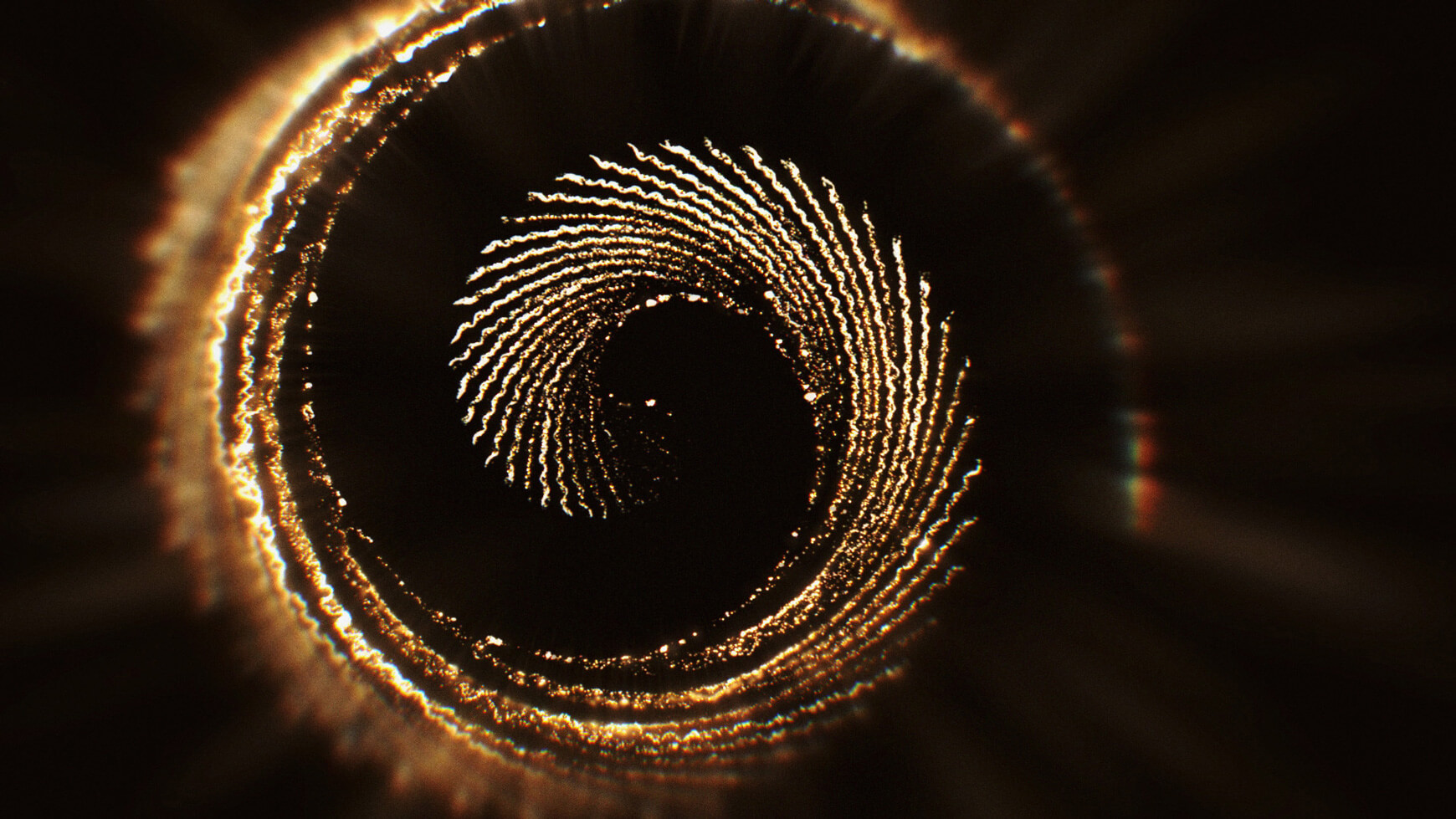
Houdini’s procedural approach allows for non-destructive workflows, making it ideal for creating complex and dynamic simulations, effects, and animations. Having a non-destructive workflow, it will allow you to change anything in various steps of the process, based on creative directions, without the need to rebuild the entire concept. This is one of its superpowers!
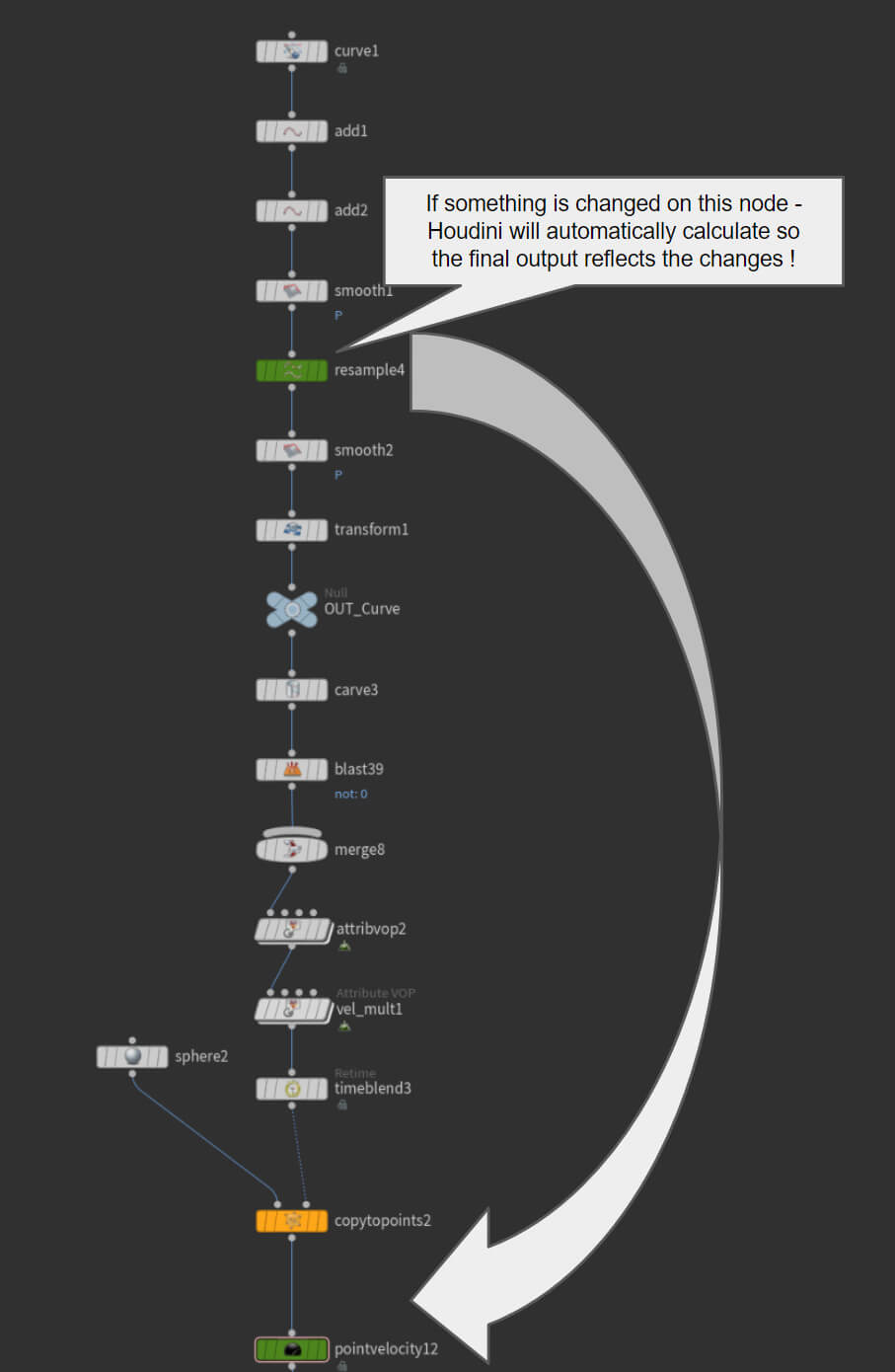
Houdini is a powerhouse for creating realistic simulations of smoke, fire, water, and destruction. It is extensively used in the film and entertainment industry for blockbuster visual effects. Houdini can handle billions of point clouds and voxels within heavy simulations.
Houdini excels in simulations, including fluid dynamics, cloth, soft/rigid body dynamics, and particle systems. This makes it a go-to tool for creating realistic and dynamic animations. Another advantage is that Houdini doesn’t need any plugins to create anything like pyro fx, fluids, particles, cloth, rigid bodies, rigging etc.
It has built in systems for each of these and you don’t need to pay extra for any of these functionalities. It even comes with its own free render engine called Mantra which is amazing.
Houdini is primarily used for 3D game development, architectural visualization, simulation engineering and visual effects for films and tv.
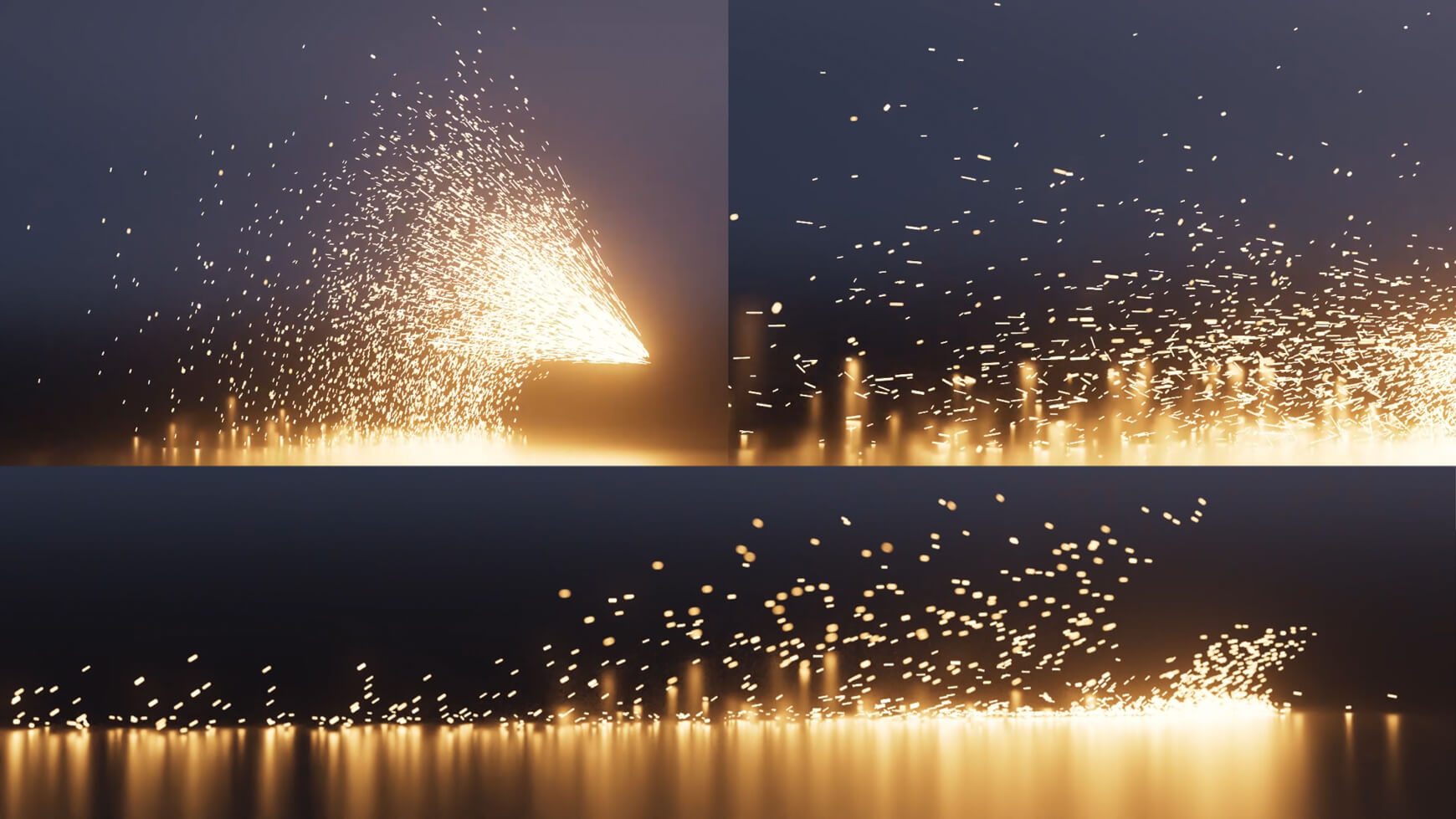
The gaming industry often uses Houdini for procedural content generation, creating assets, and designing complex environments. Learning Houdini can be beneficial for those interested in game development as well.
Houdini has the power to create unlimited amounts of variations once you setup your “concept for assets generation”.
Because of this, Houdini has been used in some really big game development studios like:
Ubisoft: In Assassin’s Creed and others for generating terrain, vegetation and environmental assets.
Epic Games: They have incorporated Houdini Engine into Unreal Engine workflows to leverage Houdini’s procedural capabilities directly in the Unreal Engine environment!
Bungie: Has used Houdini FX for procedural level deign and effects generation for large-scale multiplayer games. Bungie is know for “Halo” and “Destiny.”
Guerrilla Games: Developers of “Killzone” and “Horizon Zero Dawn” used Houdini FX for procedural terrain generation.
If you’re interested in becoming a game developer Houdini would be a valuable tool to learn so you can create dynamic, immersive worlds!
Houdini’s procedural approach can be great for 3D archviz because it can quickly generate complex structures, terrain and natural environments. It allows artists to iterate on designs and make changes that cascade down the node chain procedurally.
Another industry you wouldn’t think of off hand is engineering! They use it to visualize and analyze complex physical phenomena such as fluid dynamics, aerodynamics and structural support.
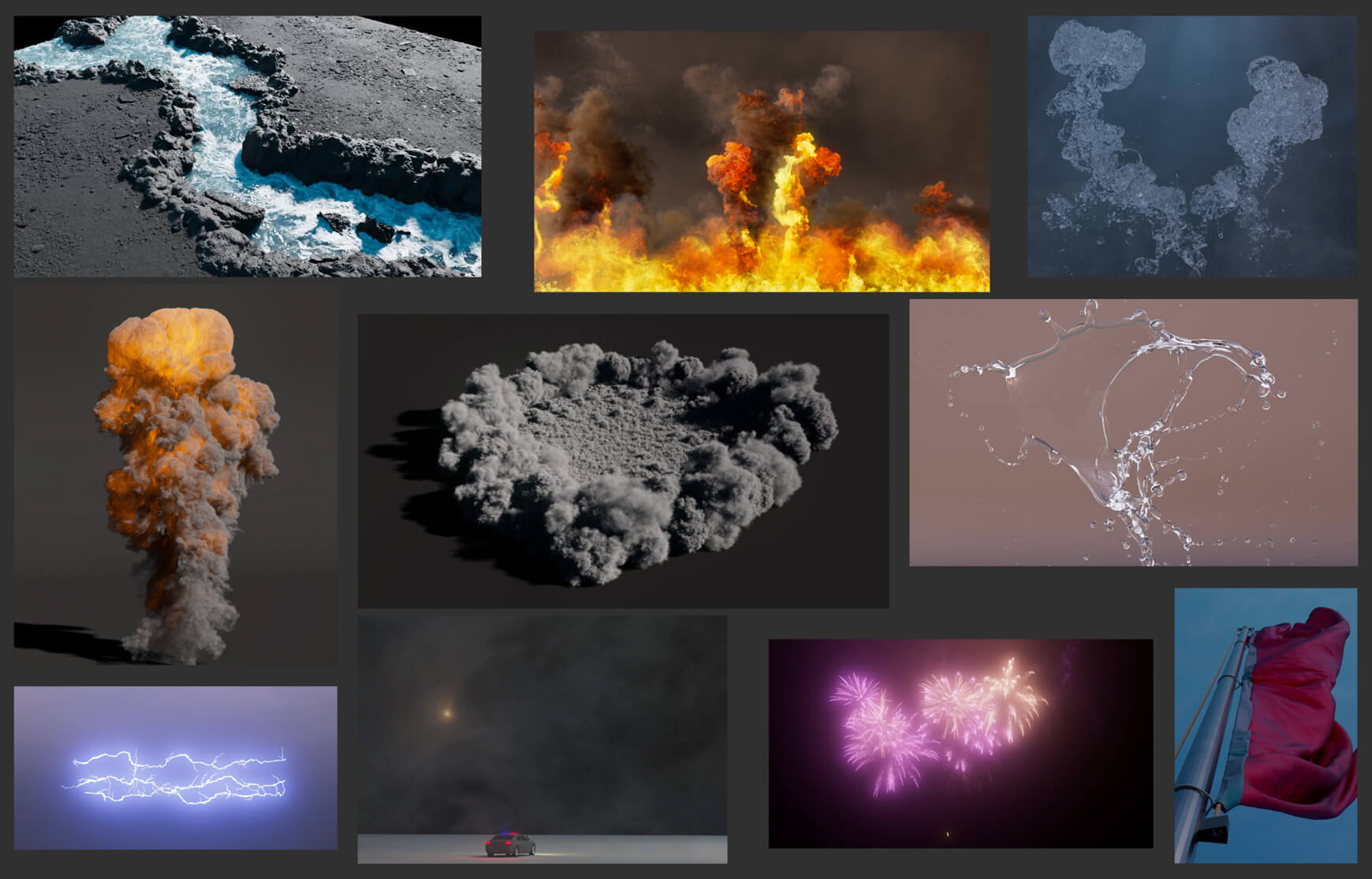
I knew that Houdini was a juggernaut of a software and it caters to high end designers and VFX artists but I was shocked how many massive VFX studios use it as one of their main pieces of 3D software. These include but are not limited to:
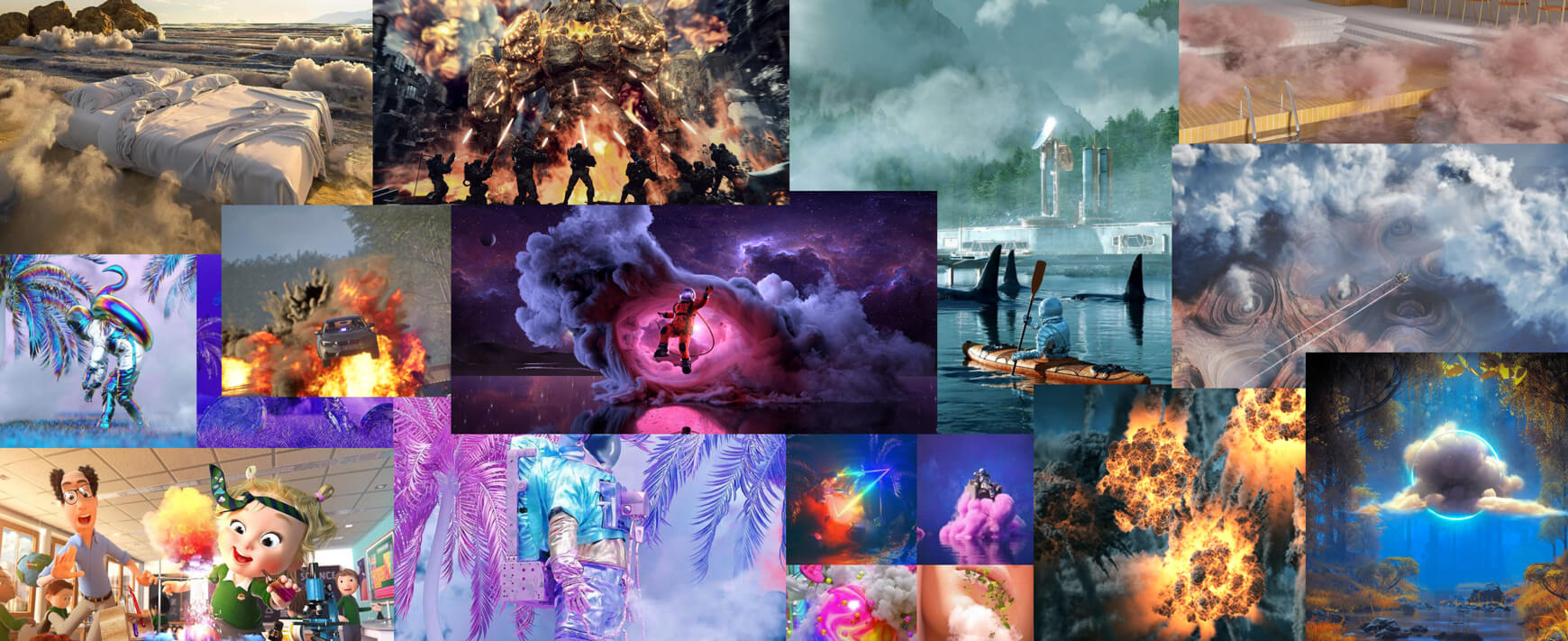
Another hero feature of this software is that Houdini offers you access to control every part of your creative process from the very basic point coordinates to creating a friendly interface for other visual effects artists. It’s incredibly robust compared to other 3D packages. Here are some examples:
With Houdini you can create something called a “Digital Asset.” You use a procedural node based workflow to create these and they’re stored in a .hda (Houdini Digital Assets) file.
This way you can create a element and share it with team members, or save it out so you can use it in the future without rebuilding it. You can also buy and sell Digital Assets.
You can turn almost anything into an asset such as modeling, simulations, shaders or automation pipeline tools. It’s a great way to create a library full of time saving tools you can reuse and it’s a really powerful Houdini feature.
Procedural workflow is the name of the game! These procedural tools play a huge role in why Houdini is such a versatile program used by major vfx companies.
Here’s an example of a Houdini Digital Asset with a user friendly interface to get variations based on creative directions:
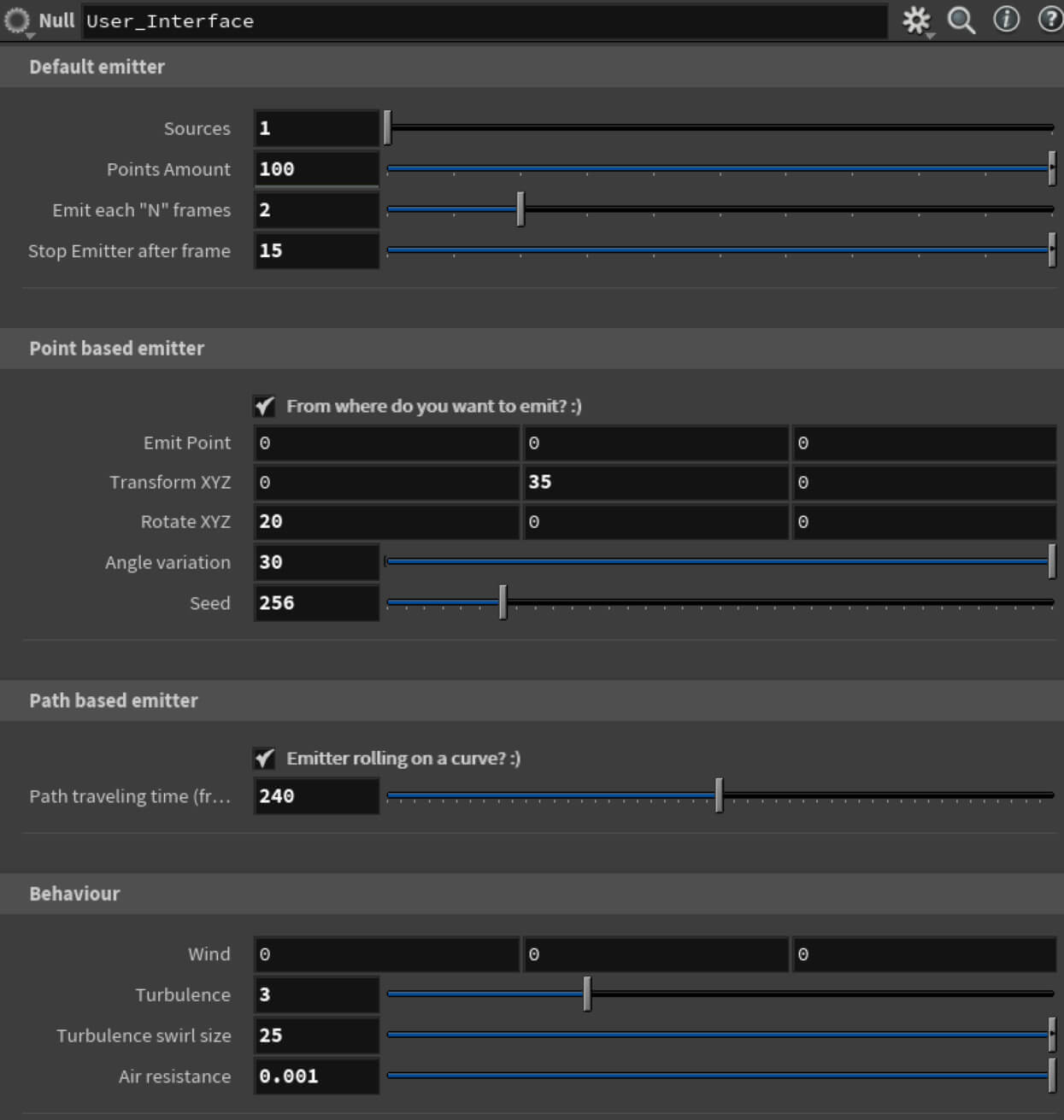
Here’s an example of how you can access low level geometry data:
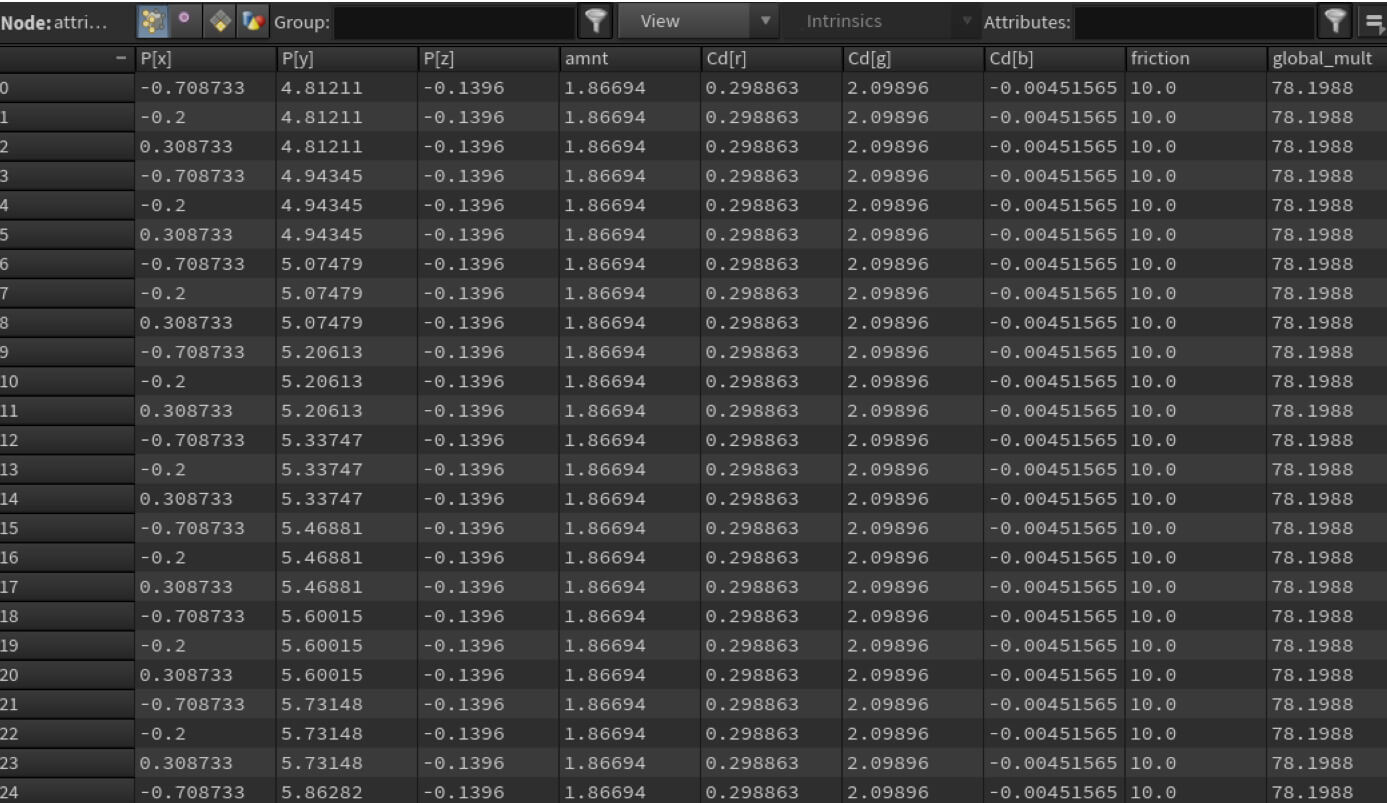
Another cool thing they have developed is called “Houdini Engine.” This is a powerful tool that allows you to run Houdini Digital assets (HDAs) directly inside other applications! SideFX (creator of Houdini) has launched a plugin called “Houdini Engine for Unreal” which means you can use HDAs directly in Unreal. This is pretty incredible!
You can create Digital Assets that generate terrain, vegetation, buildings, effects and much more. It’s an efficient way to populate game worlds with dynamic and varied content. Thanks Houdini!
Houdini seamlessly integrates with other industry-standard software like Maya and Cinema 4D. We spoke about the Unreal integration above, but Houdini has a reputation of playing well with everyone. They have Houdini Engine versions for Unity, Autodesk Maya, 3ds Max and more!
You can even add other render engines to Houdini like Octane, V-ray, Redshift and Renderman. (See this article to learn more about render engines)
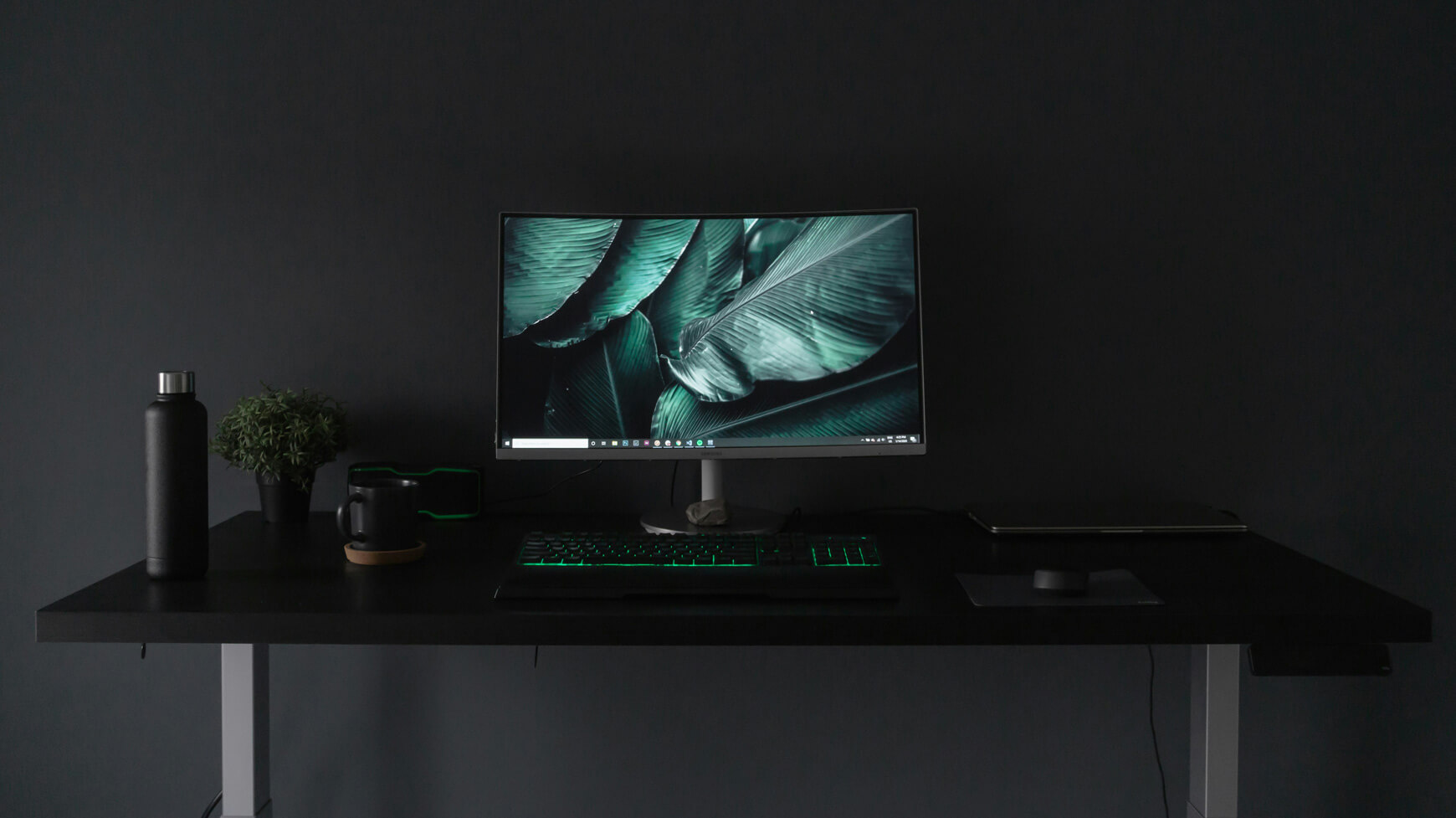
The way Houdini integrates with other 3D software is massive and makes it an industry leader.
You can also combine elements which were created in Houdini within complete shots. For example, say you create an environment completely in Unreal but you want to add clouds and atmospherics which were simulated in Houdini. In this case you can easily use the standard VDB 3D format.
A VDB file is a volume database file used for special effects such as clouds and smoke, or represent a surface, such as water. Check out a full article I wrote on them here.
This render is from our VDB Cloud packs. Our clouds were all generated in Houdini but can be used in any 3D application or render engine:

Houdini has a strong and active community, providing a wealth of tutorials, forums, and resources. This support network makes it easier for beginners to learn and professionals to stay updated on the latest techniques.
Side FX has some of the best free resources available so you can start your learning journey. Check them out here.
An incredible resource is called Houdini apprentice. This is a free version of Houdini for non-commercial use. It’s for students, personal projects or non-profit work so anybody can jump right in and start learning for free! Renders do have a watermark, just be aware.
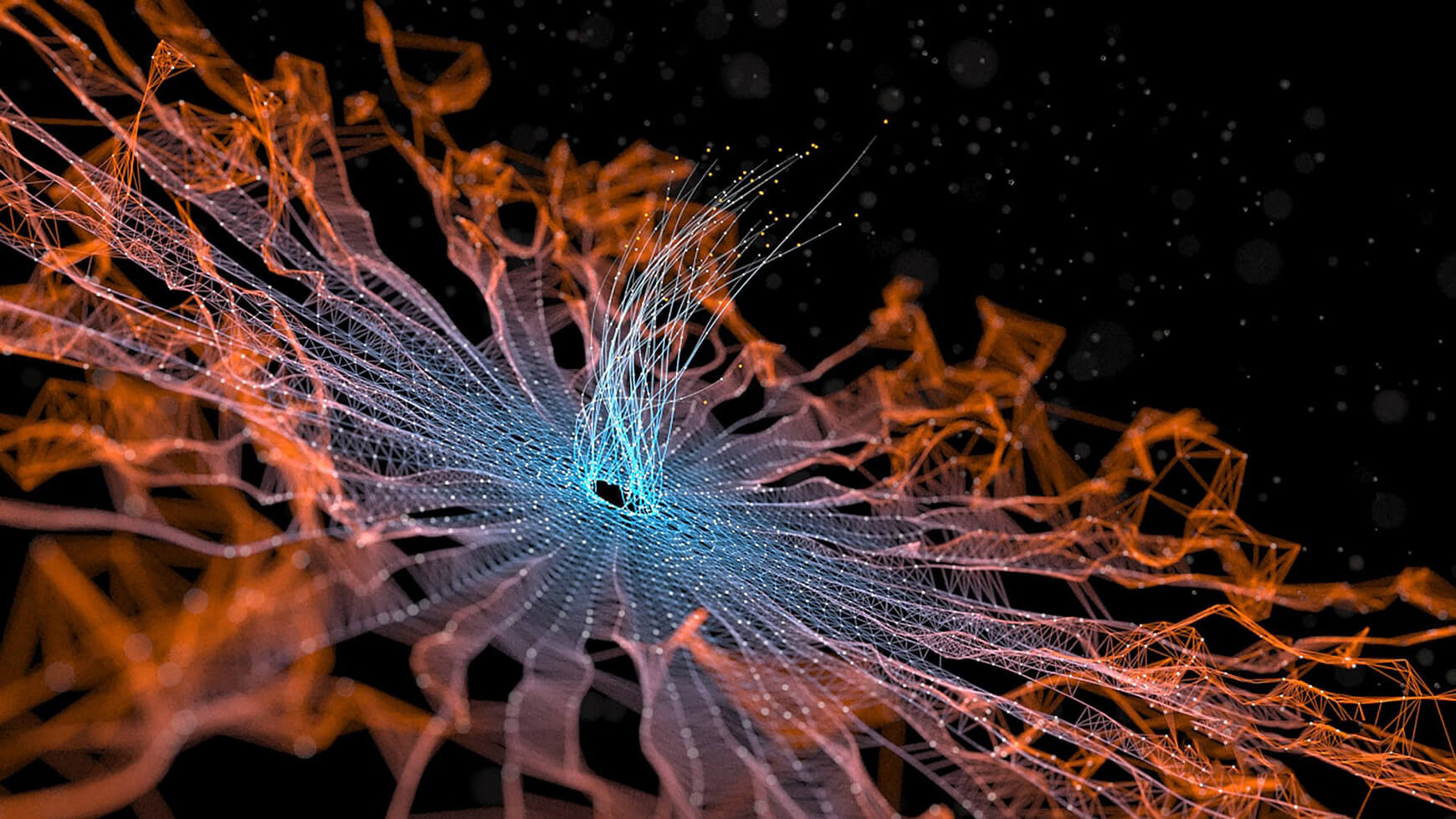
Above render from Houdini Apprentice website
To be honest, it can be challenging. The reason for its steep learning curve is the flip side of the exact reason why it’s so powerful. It’s a feature-rich and highly complex software which can be daunting at first.
If you’ve used a different 3D program like Cinema 4D it will give you a leg up with understanding concepts like 3D geometry, physics simulations, some basic scripting work and lighting and rendering. These concepts will be a great start, but you will have to change the way you think into a node based and fully procedural workflow.
This is a bit of a switch in the brain which will take a second to overcome, but once you start to grasp the concepts you can build on them pretty easily. So, is it hard? Yes. Is it worth it? I would say yes!
It’s one of the most powerful tools out there with so many unique applications that it will definitely serve you well in your career.
As technology evolves, the demand for dynamic and realistic visual content continues to rise. Learning Houdini will help your skills remain relevant and adaptable to future industry trends.
In summary, Houdini FX offers a unique set of features that make it a valuable skill for anyone involved in digital content creation, animation, and visual effects in 2024.
Overall, Houdini FX’s combination of procedural workflow, node-based architecture, integration with industry standards, powerful simulation capabilities, and growing demand in the VFX industry make it a future-proofing skill set for VFX artists. Good luck!
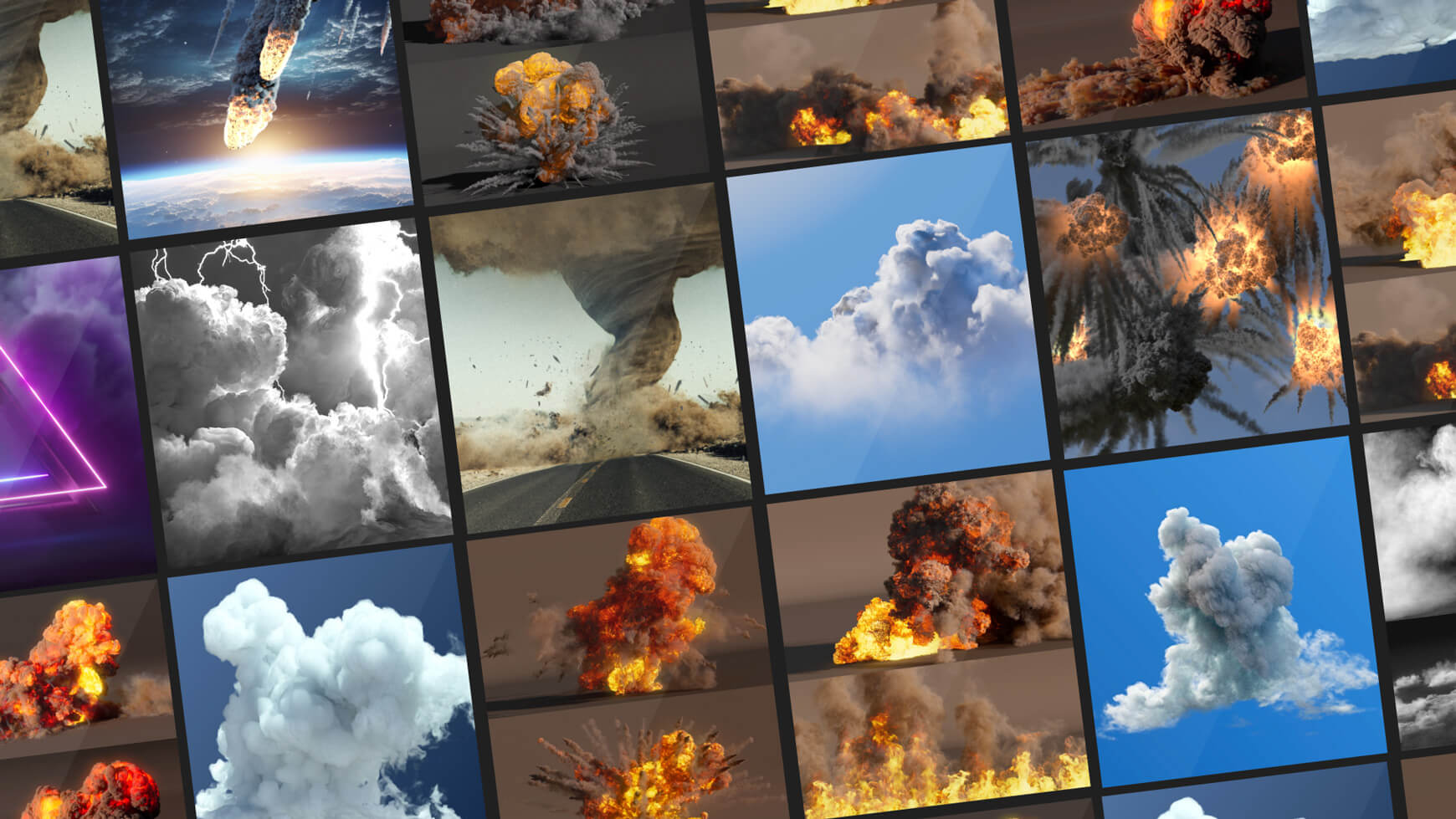
We love Houdini here at The Pixel Lab! Check out our full fleet of VDB and VFX assets, all of which were created in Houdini! We pre-simmed them and saved them out so you don’t have to become a Houdini professional if you don’t have time.
If you want to stick to something more comfortable like Cinema 4D, we have your back. You can just drag/drop these beautiful assets into your project and hit render. Enjoy!